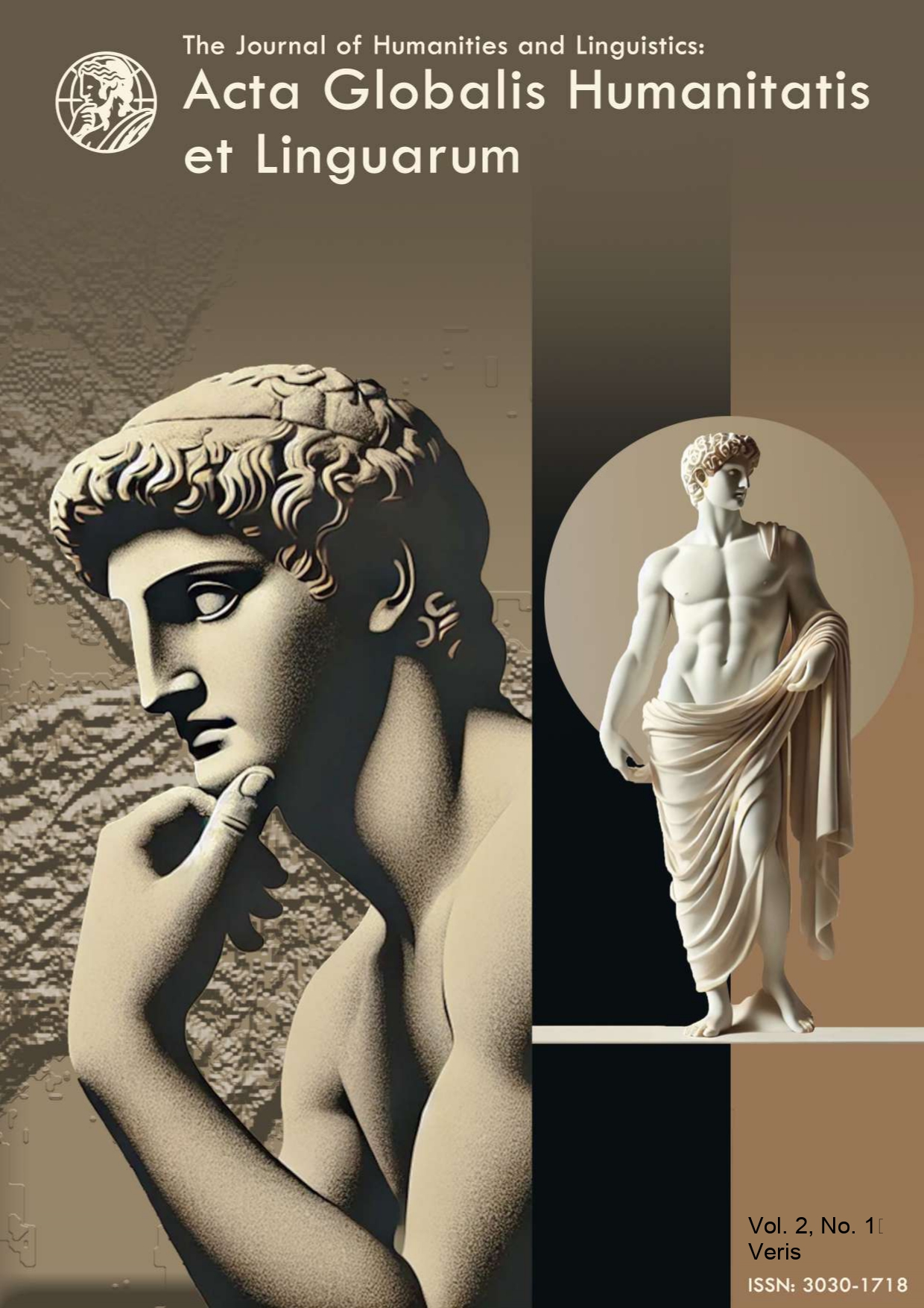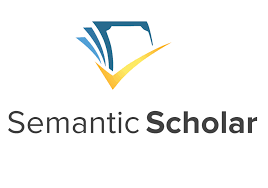Artificial Intelligence in Translation: Challenges and Opportunities
DOI:
https://doi.org/10.69760/aghel.02500108Keywords:
AI Translation, Hybrid Models, Cultural Sensitivity, Ethical FrameworksAbstract
This article explores the transformative impact of artificial intelligence (AI) on translation, examining its opportunities and challenges. AI has revolutionized the field by enhancing accessibility, speed, and scalability, making language services available to a global audience. Tools powered by neural machine translation (NMT) have improved translation accuracy and efficiency, facilitating real-time communication across languages. However, significant challenges persist, including difficulties with idiomatic expressions, cultural sensitivity, and ethical concerns in sensitive fields such as legal and medical translation. The article advocates for hybrid translation models, improved training datasets, and ethical frameworks to address these limitations. By integrating AI’s technological strengths with human expertise, the future of translation can balance efficiency with cultural and linguistic integrity, fostering effective global communication.
References
Babazade, Y. (2024). The Impact of Digital Tools on Vocabulary Development in Second Language Learning. Journal of Azerbaijan Language and Education Studies, 1(1), 35-41. https://doi.org/10.69760/jales.2024.00103
Badri, Z., Amat, R., & Abd Rahim, M. A. (2021). Enriching English-Malay proverbs using proverbs card game for second language learners. Creative Practices in Language Learning and Teaching (CPLT), 9(2), 15-26.
Bahri, M. (2020). Machine Translation: Challenges and Opportunities in the Age of Artificial Intelligence. Journal of Linguistic Studies, 45(2), 123–137. https://doi.org/10.1016/j.jls.2020.04.003
Daşkın, N. C., & Hatipoğlu, Ç. (2019). A proverb learned is a proverb earned: Proverb instruction in EFL classrooms. Eurasian Journal of Applied Linguistics, 5(1), 57-88.
Footé, D. E. (2010). The Increased Necessity of Augmenting the Teaching of Commonly Used English Language Idioms, Clichés, Proverbs, Slang Words, and Expressions with Context Examples in the ESL Academic Setting. Dorrance Publishing.
Gehring, J., Auli, M., Grangier, D., & Dauphin, Y. (2017). Convolutional sequence to sequence learning. Proceedings of the 34th International Conference on Machine Learning, 70, 1243–1252. https://doi.org/10.48550/arXiv.1705.03122
Ismayilli, T. (2024). Navigating Complexities in Medical Text Translation: Challenges, Strategies, and Solutions. Acta Globalis Humanitatis Et Linguarum, 1(2), 170-176. https://doi.org/10.69760/aghel.01024080
Koehn, P. (2020). Neural machine translation and its impact on professional translation. Language Science Press.
Meriacre, A. (2017). The remarkable power of games in learning proverbs and sayings in the efl classroom. Intertext, 43(3-4), 183-193.
Pym, A. (2013). Translation solutions for many languages: Histories of a flawed dream. Routledge.
Vaswani, A., Shazeer, N., Parmar, N., Uszkoreit, J., Jones, L., Gomez, A. N., ... & Polosukhin, I. (2017). Attention is all you need. Advances in Neural Information Processing Systems, 30, 5998–6008. https://doi.org/10.48550/arXiv.1706.03762
Wilks, Y. (2008). Machine Translation: Its Scope and Limits. Springer.
Zetzsche, J. (2019). The AI Translator’s Handbook: Human and Machine Collaboration in Translation. MultiLingual Press.
Downloads
Published
Issue
Section
License
Copyright (c) 2025 Acta Globalis Humanitatis et Linguarum

This work is licensed under a Creative Commons Attribution-NonCommercial-NoDerivatives 4.0 International License.







